Chronic dry and itchy skin is a primary symptom of eczema (atopic dermatitis). For many people, the itch is the most distressing part of this skin condition.
The itching can be constant, day and night, interfering with sleep, daily activities, and even mental health.
In many cases, eczema also affects quality of life, leading to missed work or school days and increasing skin care costs.
Why Is Atopic Dermatitis Called “The Itch That Rashes”?
Almost all people with atopic dermatitis (nearly 100%) report itch as the primary symptom. Many experts refer to the condition as “the itch that rashes.”
In other words, itching drives people to scratch, and scratching then triggers rashes to form on the skin.
People with eczema often have a weakened skin barrier. This makes their skin more vulnerable to germs, irritants, and allergens, which worsens the itching.
Strengthening the skin barrier is one key way to prevent flare-ups and reduce eczema symptoms.
What Is the Itch–Scratch Cycle?
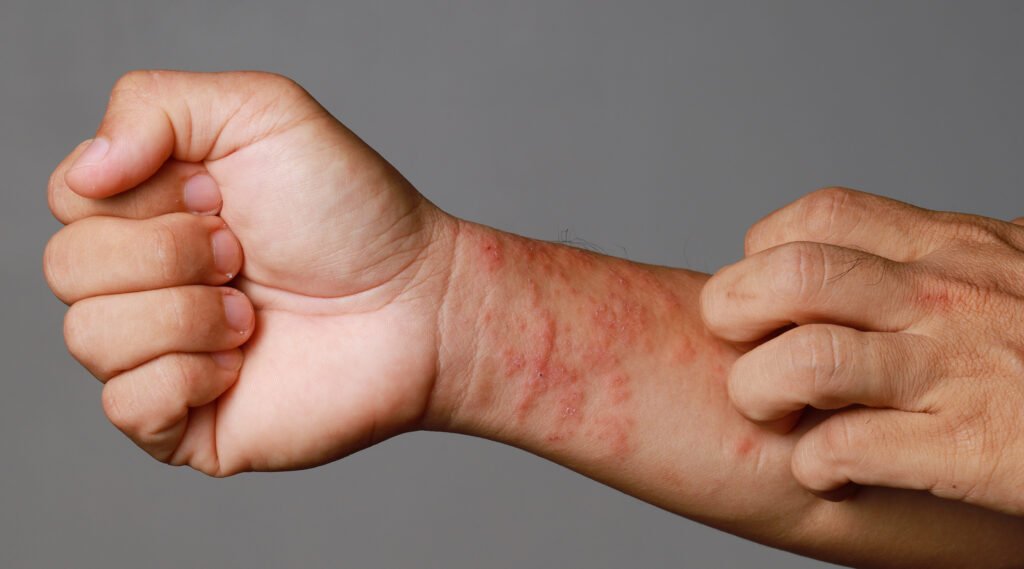
Eczema often worsens because of what’s called the itch–scratch cycle. When the skin itches, scratching brings short-term relief.
The scratching sensation produces mild pain that briefly masks the itch. But this effect doesn’t last.
Over time, scratching leaves the skin drier, more inflamed, thicker, and at higher risk of infection if the skin barrier becomes damaged.
3 Ways to Relieve Itch from Atopic Dermatitis
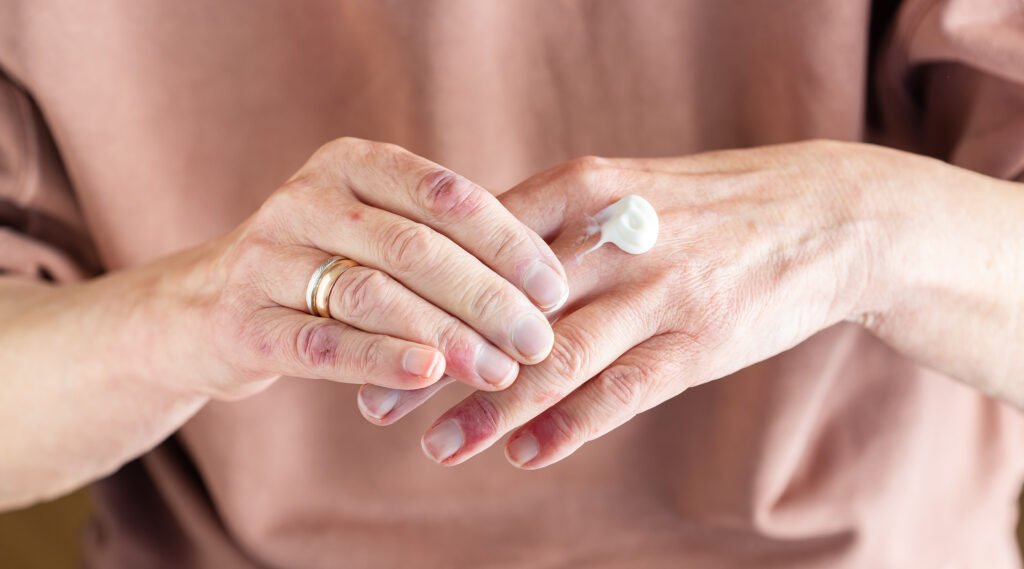
1. Bathe the Right Way
Daily bathing is important to remove dirt and irritants from the skin. But the technique matters, as the wrong approach can worsen dryness:
- Use lukewarm water, not hot.
- Choose gentle, fragrance-free, dye-free cleansers.
- Avoid scrubbing, just gently smooth over the skin.
- Pat the skin dry with a towel, don’t rub.
- Apply moisturizer within four minutes of bathing, while the skin is still slightly damp.
2. Moisturize Regularly
Dry skin itches more easily, which is why moisturizer is the mainstay of eczema care.
- Apply at least once daily, ideally 3–4 times.
- Use after bathing, after washing hands, or whenever skin feels dry.
- Choose fragrance-free moisturizers with ceramides to help repair the skin barrier.
One additional option is wund+™ Regeneration Cream, enriched with vitamins B, D, and E.
These nutrients support skin regeneration, strengthen the protective barrier, and lock in hydration. This triple-vitamin formula can help ease the dryness and itching that come with eczema.
3. Avoid Triggers
Eczema flare-ups are often triggered by environmental or lifestyle factors. Triggers differ from person to person, but common ones include:
- Rough or tight fabrics
- Metals, fragrances, or harsh chemicals
- Pets or insects
- Weather and temperature changes
- Stress
Identifying personal triggers is essential. Dermatologists can help patients recognize what worsens their eczema and provide tailored long-term management plans.
Atopic dermatitis is a chronic condition that can flare repeatedly. Daily care, such as proper bathing, consistent moisturizing, and avoiding triggers, helps keep skin healthier.
If symptoms persist or worsen, it’s best to consult a dermatologist for further treatment.
References
Cleveland Clinic. Accessed in 2025. Eczema.
National Eczema. Accessed in 2025. Ways to Relieve Itch from Eczema.







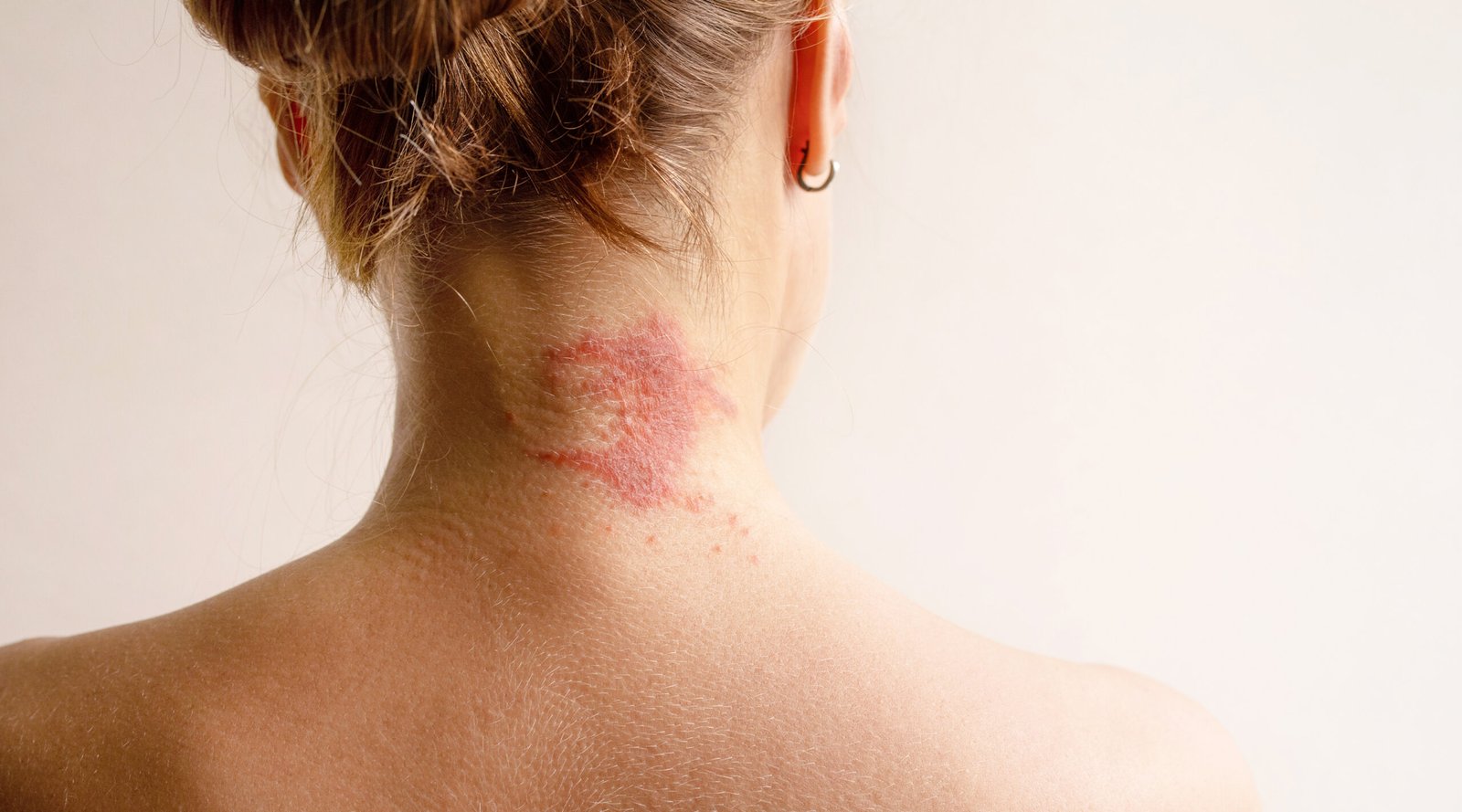


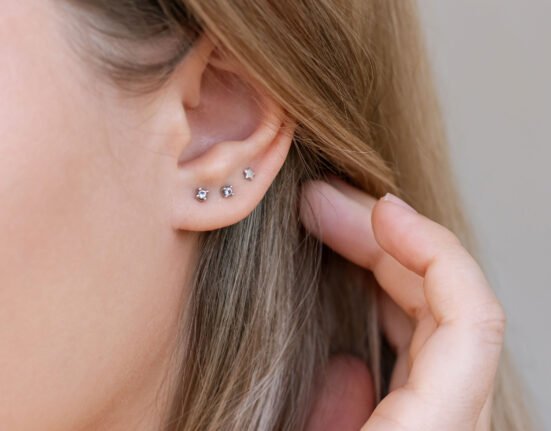

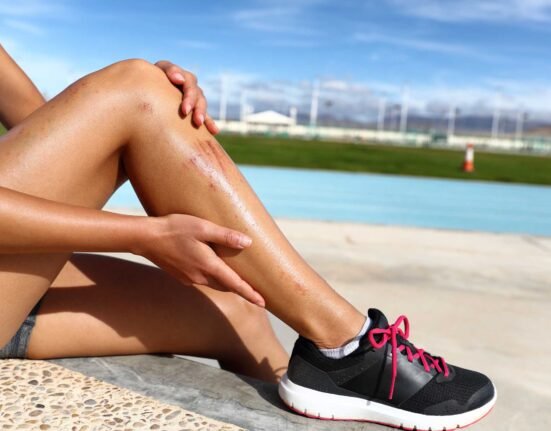

Leave feedback about this